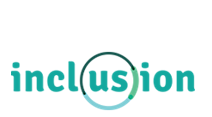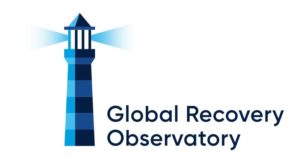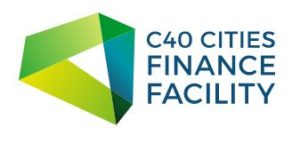
The OECD blended finance guidance focuses on designing blended finance to increase the mobilization of commercial finance. It highlights sub-sector specific considerations for blended finance use in clean energy projects, specifically exploring off-grid clean energy systems, energy efficiency, utility-scale renewables, and several other clean energy and integration technologies, including battery storage, green hydrogen, and carbon capture, utilization, and storage. It also draws attention to the common risks, climate finance may help overcome for these clean energy infrastructures.
Lifecycle Phase(s): Concept DesignTechnical experts broadly outline the project’s basic characteristics., FinanceDevelopers decide how to pay for their project.
Type(s) of Tool: GuidelinesOperationalize sustainability principles, less specific than Benchmarks or Rating Systems.








